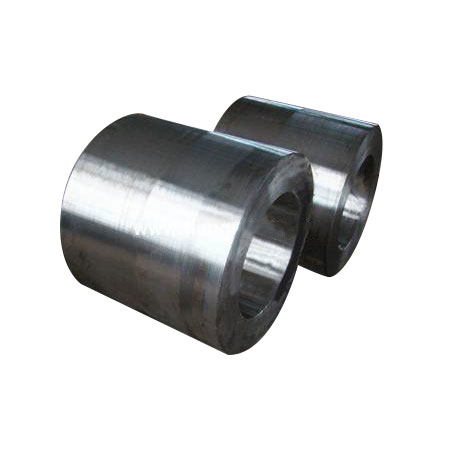 English
English-
 English
English -
 Español
Español -
 Português
Português -
 русский
русский -
 Français
Français -
 日本語
日本語 -
 Deutsch
Deutsch -
 tiếng Việt
tiếng Việt -
 Italiano
Italiano -
 Nederlands
Nederlands -
 ภาษาไทย
ภาษาไทย -
 Polski
Polski -
 한국어
한국어 -
 Svenska
Svenska -
 magyar
magyar -
 Malay
Malay -
 বাংলা ভাষার
বাংলা ভাষার -
 Dansk
Dansk -
 Suomi
Suomi -
 हिन्दी
हिन्दी -
 Pilipino
Pilipino -
 Türkçe
Türkçe -
 Gaeilge
Gaeilge -
 العربية
العربية -
 Indonesia
Indonesia -
 Norsk
Norsk -
 تمل
تمل -
 český
český -
 ελληνικά
ελληνικά -
 український
український -
 Javanese
Javanese -
 فارسی
فارسی -
 தமிழ்
தமிழ் -
 తెలుగు
తెలుగు -
 नेपाली
नेपाली -
 Burmese
Burmese -
 български
български -
 ລາວ
ລາວ -
 Latine
Latine -
 Қазақша
Қазақша -
 Euskal
Euskal -
 Azərbaycan
Azərbaycan -
 Slovenský jazyk
Slovenský jazyk -
 Македонски
Македонски -
 Lietuvos
Lietuvos -
 Eesti Keel
Eesti Keel -
 Română
Română -
 Slovenski
Slovenski -
 मराठी
मराठी -
 Srpski језик
Srpski језик
Understanding the Difference: Unital Ring vs. Ring Forging
In the world of industrial manufacturing and engineering, the terms Unital Ring and Ring Forging are often discussed, yet misconceptions about their differences persist. As experts with decades of experience, we break down these concepts with clarity, focusing on technical specifications and applications to help you make informed decisions.
What is a Unital Ring?
A Unital Ring refers to a specific type of ring structure commonly used in mathematical and theoretical contexts, but in industrial applications, it denotes a precision-engineered ring component designed for uniformity and minimal structural variation. These rings are typically produced through processes like casting or machining, emphasizing dimensional accuracy and lightweight properties.
What is Ring Forging?
Ring Forging, on the other hand, is a manufacturing process that involves shaping metal into a seamless ring through compressive forces. This technique enhances the material's grain structure, resulting in superior strength, durability, and resistance to fatigue. Ring Forging is ideal for high-stress applications in aerospace, energy, and heavy machinery sectors. The process of Ring Forging ensures a robust product with consistent mechanical properties.
Key Differences: Product Parameters
To highlight the distinctions, we’ve compiled a detailed comparison of product parameters using both lists and tables for easy reference.
List of Unital Ring Characteristics:
-
Material: Often aluminum alloys, stainless steel, or composite materials.
-
Production Method: Casting or precision machining.
-
Weight: Lighter due to uniform material distribution.
-
Strength: Moderate; suitable for low to medium stress environments.
-
Surface Finish: High precision with smooth finishes.
-
Applications: Electronics, consumer goods, and lightweight structural components.
List of Ring Forging Characteristics:
-
Material: Typically carbon steel, alloy steel, or titanium.
-
Production Method: Hot or cold forging under high pressure.
-
Weight: Heavier, with optimized density.
-
Strength: Exceptional; designed for high-pressure and high-temperature conditions.
-
Surface Finish: May require secondary machining for precision.
-
Applications: Critical components in turbines, bearings, gears, and automotive systems.
Table: Comparative Parameters
| Parameter | Unital Ring | Ring Forging |
|---|---|---|
| Material Options | Aluminum, stainless steel | Carbon steel, alloy steel |
| Tensile Strength | 300-600 MPa | 600-1500 MPa |
| Impact Resistance | Moderate | High |
| Production Time | Shorter due to casting | Longer due to forging steps |
| Cost Efficiency | Lower for high volumes | Higher initial cost |
| Common Uses | Decorative, light structural | Heavy machinery, aerospace |
Why Choose Ring Forging?
The process of Ring Forging provides unmatched reliability for critical applications. Its forged grain flow aligns with the ring’s circumference, reducing the risk of failure under load. This makes Ring Forging the preferred method for industries where safety and performance are non-negotiable.
Conclusion
While Unital Rings offer precision and lightweight benefits, Ring Forging excels in strength and durability. Understanding these differences ensures you select the right component for your project’s needs. For demanding environments, Ring Forging remains the gold standard in quality and resilience.
If you are very interested in Jiangyin Huaxi Flange Pipe Fittings' products or have any questions, please feel free to contact us!





